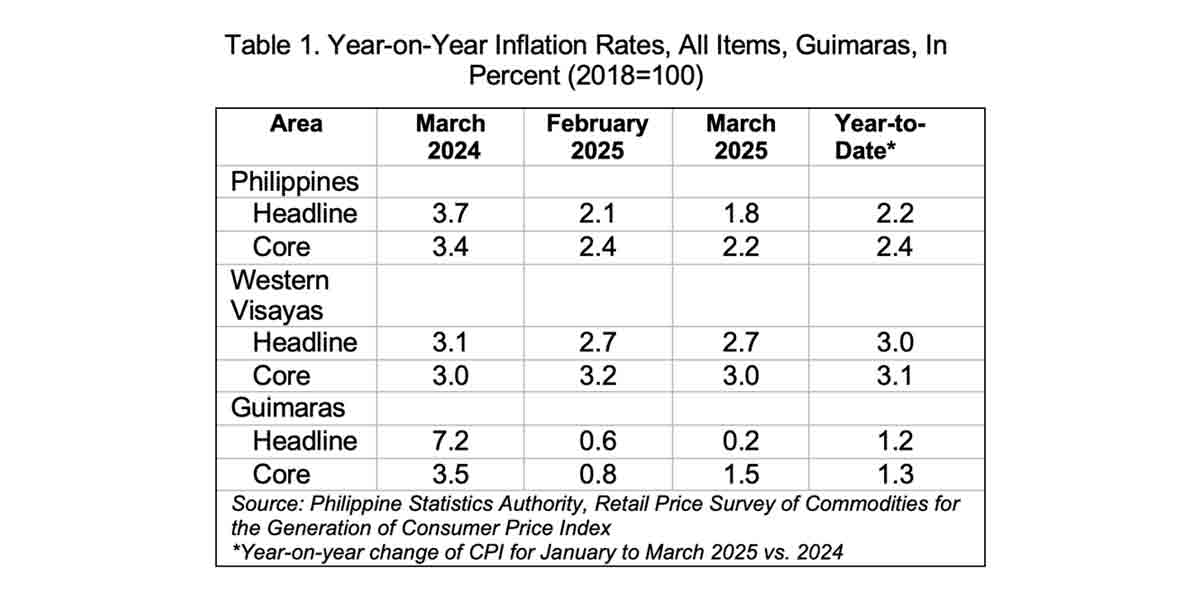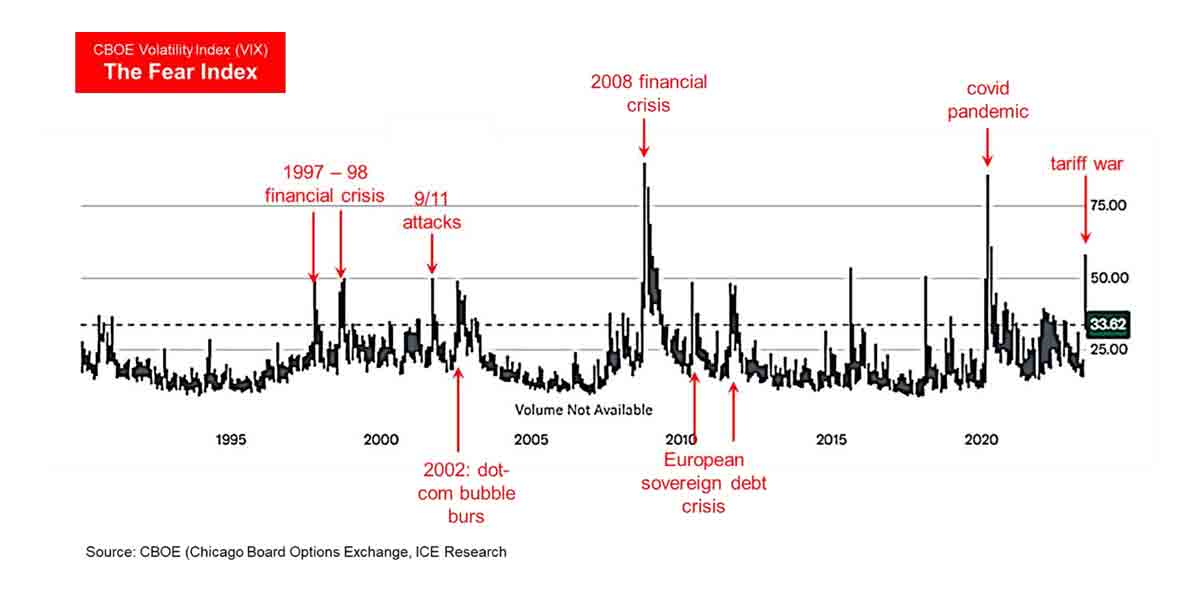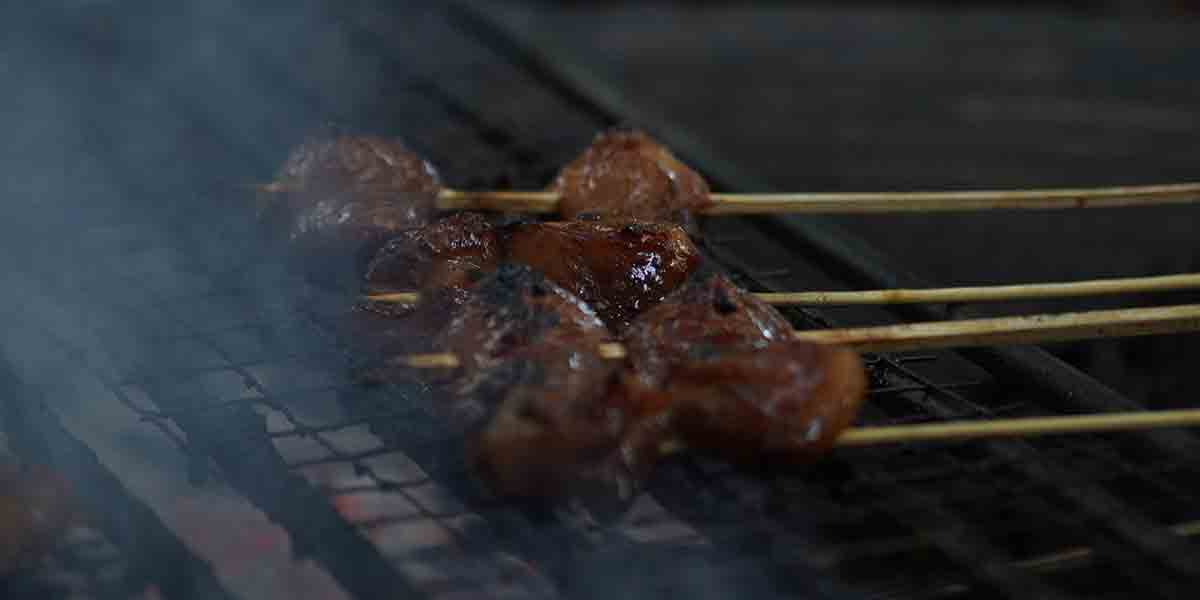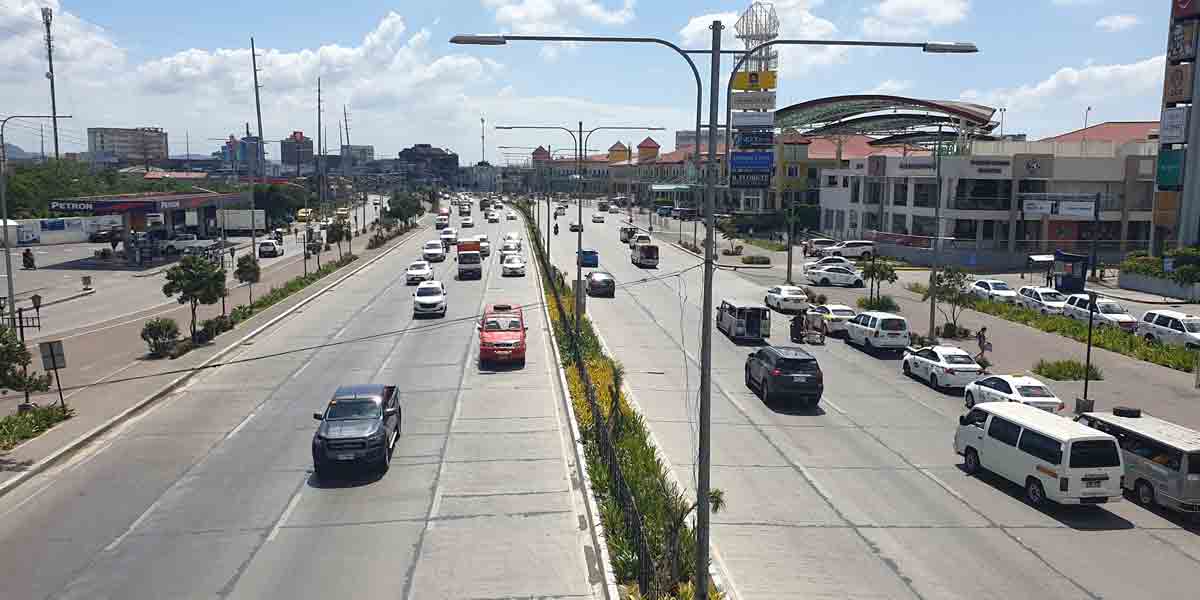By Francis Allan L. Angelo
Residents of Iloilo City faced one of the steepest price increases nationwide as inflation jumped to 5.4 percent in December 2024 from 3.5 percent in November, making it the second-highest rate among 100 provinces and highly urbanized cities in the Philippines, the Philippine Statistics Authority (PSA) reported early this week.
Only Cagayan’s 5.7 percent inflation rate surpassed Iloilo City’s figure, which was nearly double the national average of 2.9 percent.
WHAT IS INFLATION?
Inflation refers to the rate at which the general level of prices for goods and services rises over a specific period. It reduces the purchasing power of money, meaning that consumers need to spend more to buy the same amount of goods or services.
Inflation can be caused by various factors, including rising production costs, increased demand for goods and services, and external economic pressures such as fluctuations in global markets.
The inflation rate for Iloilo City has been on an upward trend throughout 2024, culminating in its steep rise in December. This rate is substantially higher than the national average of 2.9 percent and the Western Visayas regional average of 3.4 percent.
CPI: A MEASURE OF INFLATION
The Consumer Price Index (CPI) measures the average change in the prices paid by consumers for a fixed basket of goods and services over time. This basket includes essential items such as food, housing, transportation, and utilities.
The CPI is expressed relative to a base year (in this case, 2018=100) to provide a clear comparison.
Suppose in 2018, a typical household in Iloilo City spent ₱1,000 on a basket of goods and services (e.g., rice, electricity, transportation, etc.).
If the CPI for December 2024 is 129.0, this means the same basket now costs ₱1,290—a 29% increase in prices since 2018.
In November 2024, when the CPI was 127.7, the basket would have cost ₱1,277. The increase from ₱1,277 in November to ₱1,290 in December reflects the rise in prices within just one month.
In Iloilo City, the CPI rose from 127.7 in November 2024 to 129.0 in December 2024. This increase indicates that the overall price level for the goods and services included in the index became more expensive within a month.
The 5.4% annual inflation rate for Iloilo City suggests that prices in December 2024 were significantly higher than those in December 2023, when the CPI was at 122.4.
FACTORS FOR THE SURGE
The surge in Iloilo City’s inflation was primarily driven by housing utilities, which rose sharply to 11.7 percent from 6.6 percent in November, contributing more than half of the city’s overall inflation at 54.9 percent share.
Other significant contributors include:
- Furnishings, household equipment, and routine household maintenance: Inflation rose to 10.7%, contributing 0.37 percentage points.
- Food and non-alcoholic beverages: The inflation rate for this category edged up to 3.9% from 3.4%, contributing 1.36 percentage points.
- Transport: Notably, this category saw a deflation of -0.2%, which slightly tempered the overall inflation rate.
Iloilo City’s inflation trajectory showed a dramatic turnaround from its negative inflation rate of -0.7 percent in December 2023, according to PSA data.
The year-long trend reveals volatile price movements, with Iloilo City experiencing significant spikes compared to the more stable national average.
Within Western Visayas, the city’s 5.4 percent rate stood markedly higher than its neighboring areas.
The province of Iloilo (excluding Iloilo City) recorded 4.2 percent, while Bacolod City posted a lower rate of 2.4 percent. The regional average was 3.4 percent.
Nationally, Iloilo City ranks as one of the few urbanized areas experiencing a substantial inflation increase in December
Based on PSA data, inflation impact varied across income groups, with housing utilities affecting both poor and middle-income households in the metro area.
The PSA report is based on the Consumer Price Index with 2018 as the base year (2018=100).





















